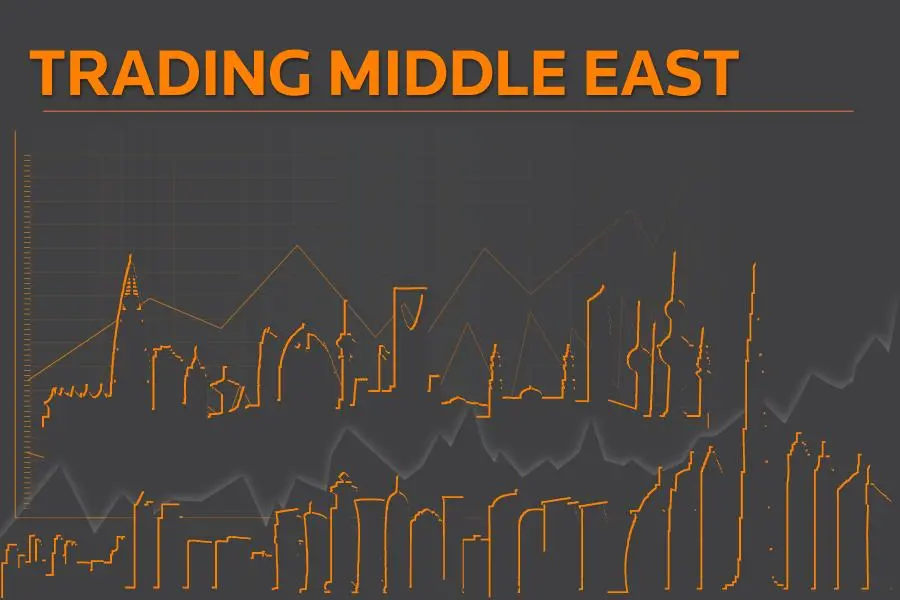PHOTO
Asian stocks slipped and the United States dollar advanced on Tuesday, as a deluge of U.S. government debt issued this week and the spectre of inflation and a higher fiscal deficit drove U.S. borrowing costs near four-year highs.
MSCI's broadest index of Asia-Pacific shares outside Japan fell 0.25 percent. Japan's Nikkei rose 0.7 percent thanks to a fall in the value of the yen.
U.S. bond prices have fallen for the past four days, pushing up the 10-year yield to 2.998 percent, its highest level since January 2014.
“There are concerns about inflation, rising oil prices and also U.S. fiscal conditions,” Hiroko Iwaki, senior strategist at Mizuho Securities, told Reuters, noting that the U.S. budget deficit is expected to hit $1 trillion next year.
The bond market is bracing for combined sales of $96 billion in coupon-bearing Treasuries this week as the Treasury has ramped up its borrowing following last year’s massive tax overhaul and a two-year budget agreement reached in February.
Oil prices
At the same time, oil prices held near three and-a-half-year highs supported by production cuts by oil producing countries and wariness about geopolitical risks in the face of Washington’s threat to scupper the nuclear deal with Iran.
“Despite the rise in oil prices in recent weeks, the U.S. rig counts has not increased that much. Recent data shows oil inventories have been falling so I expect oil prices to rise further unless we see a sharp increase in U.S. oil drilling rigs,” said Tatsufumi Okoshi, senior commodity economist at Nomura Securities.
U.S. West Texas Intermediate crude futures traded at $68.98 per barrel, near last week’s high of $69.56 while Brent crude futures stood at $75.06 after having hit three and-a-half-year highs of $75.20.
Middle East markets
Saudi Arabia's stock market continued a strong upwards trend on Monday because of inflows of foreign funds and strong corporate earnings, while the rest of the Gulf was lacklustre.
The latest exchange data showed foreigners bought a record $384 million of Saudi Arabian stocks on a net basis last week, anticipating much bigger inflows of funds when Riyadh joins emerging market indices next year. The Saudi stock index rose 1.0 percent on Monday, bringing its gains so far this year to 15 percent.
Meanwhile, Dubai was weak - partly, fund managers say, because money has been flowing from Dubai to the red-hot Saudi market. The index was down 0.6 percent at a fresh two-year closing low.
"Investors' confidence is very weak, which is understandable and due to several factors, like inconsistent dividend policies and sizeable losses at several listed companies," Tariq Qaqish, managing director of the asset management division at Menacorp told Reuters.
DAMAC Properties tumbled 7.1 percent after the company lowered its annual cash dividend to 15 fils per share from 25 fils.
Abu Dhabi's index was up 0.2 percent on the back of Abu Dhabi National Energy Co, Taqa, which rocketed 14.6 percent in its heaviest trade since last August. It has soared in the past month, partly because of strength in global energy prices.
Elsewhere, Qatar edged up 0.02 percent to 9,158 points, Kuwait was up 0.1 percent to 4,779 points, Oman was down 0.1 percent to 4,756 points and Bahrain was down 0.2 percent at 1,299 points
In Egypt, the index gained 1.0 percent as Talaat Mostafa, one of the largest property developers, rose 3.3 percent.
Currencies
The dollar set a three-month high against a basket of currencies on Tuesday, having gained a boost as the U.S. 10-year Treasury yield climbed toward the psychologically key 3 percent level.
The dollar’s index against a basket of six major currencies rose to as high as 91.054 in early Asian trade, its strongest level since Jan. 12. The dollar index .DXY last stood at 91.035, up 0.1 percent on the day.
“The U.S. dollar has put on a compelling show...as the stars align on the back of higher U.S. yields,” Stephen Innes, head of trading in Asia-Pacific for Oanda in Singapore, wrote in a note.
“While it’s a bit early for investors to pack in the consensus short dollar view, the weaker shorts are indeed getting pared as the U.S. dollar is showing some vigour.”
Underscoring the dollar's broad strength, the Australian dollar set a four-month low of $0.7587 AUD on Tuesday.
Precious metals
Gold prices steadied in Asian trade on Tuesday, a day after falling to the lowest level in more than two weeks, as a climb in the dollar and 10-year U.S. Treasury yields dampened the appeal of bullion, which pays no interest.
After falling for three sessions, spot gold edged up 0.1 percent to $1,325.16 per ounce at 0041 GMT, not far from a low of $1,321.81 an ounce touched on Monday, its weakest level since April 6. U.S. gold futures gained 0.2 percent to $1,327.10 per ounce.
Palladium plunged 5 percent on Monday after the United States gave American customers of Russia's biggest aluminum producer Rusal more time to comply with sanctions.
And, in other news…
With Ethiopia signalling it may start filling its towering $4 billion Grand Renaissance Dam this year, safeguarding scarce Nile water resources has surged to the top of Egyptian President Abdel Fattah al-Sisi’s policy agenda as he begins a second term.
The two countries have been locked in contentious negotiations for years and have yet to come to a comprehensive water-sharing agreement.
Egypt, which relies almost exclusively on the Nile for farming, industry and drinking water, has sought assurances that the dam will not significantly cut the river’s flow to its rapidly growing population.
For access to market moving insight, subscribe to the Trading Middle East newsletter by clicking here
Our Standards: The Thomson Reuters Trust Principles
Disclaimer: This article is provided for informational purposes only. The content does not provide tax, legal or investment advice or opinion regarding the suitability, value or profitability of any particular security, portfolio or investment strategy. Read our full disclaimer policy here.
© Trading Middle East 2018










